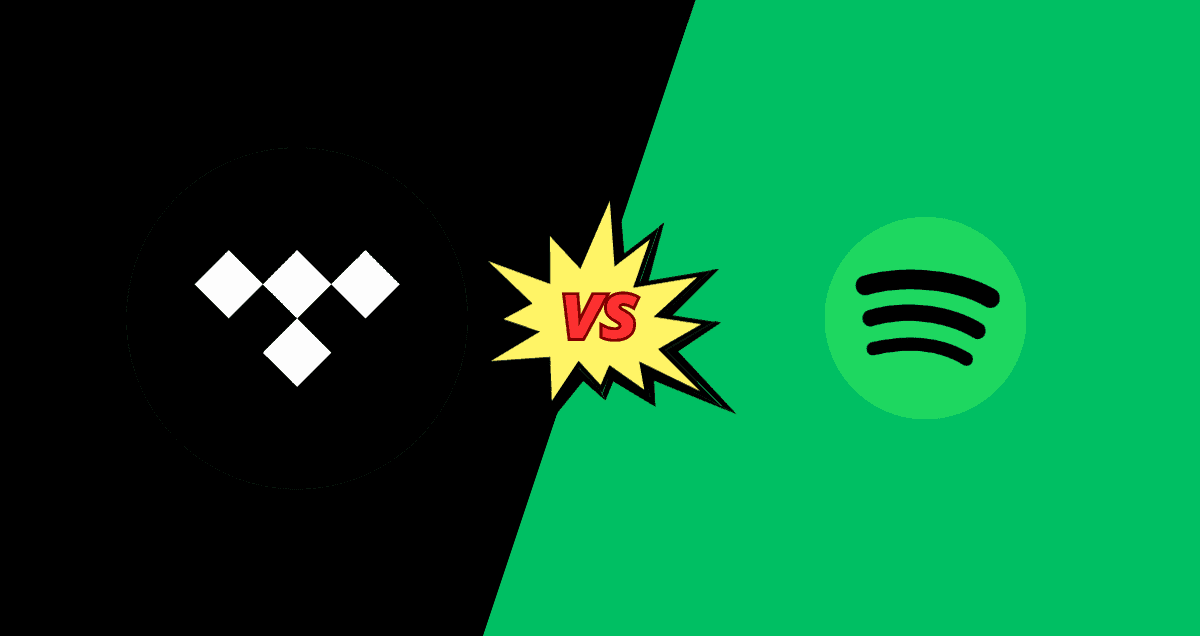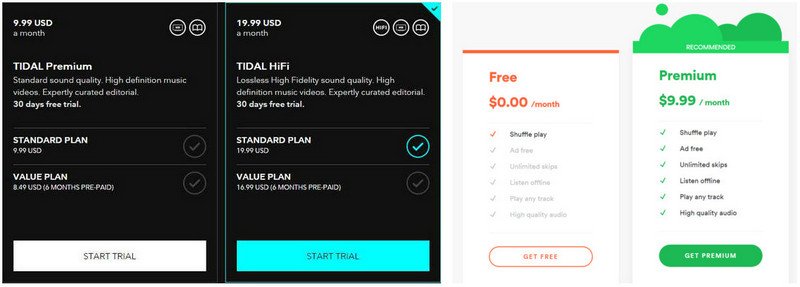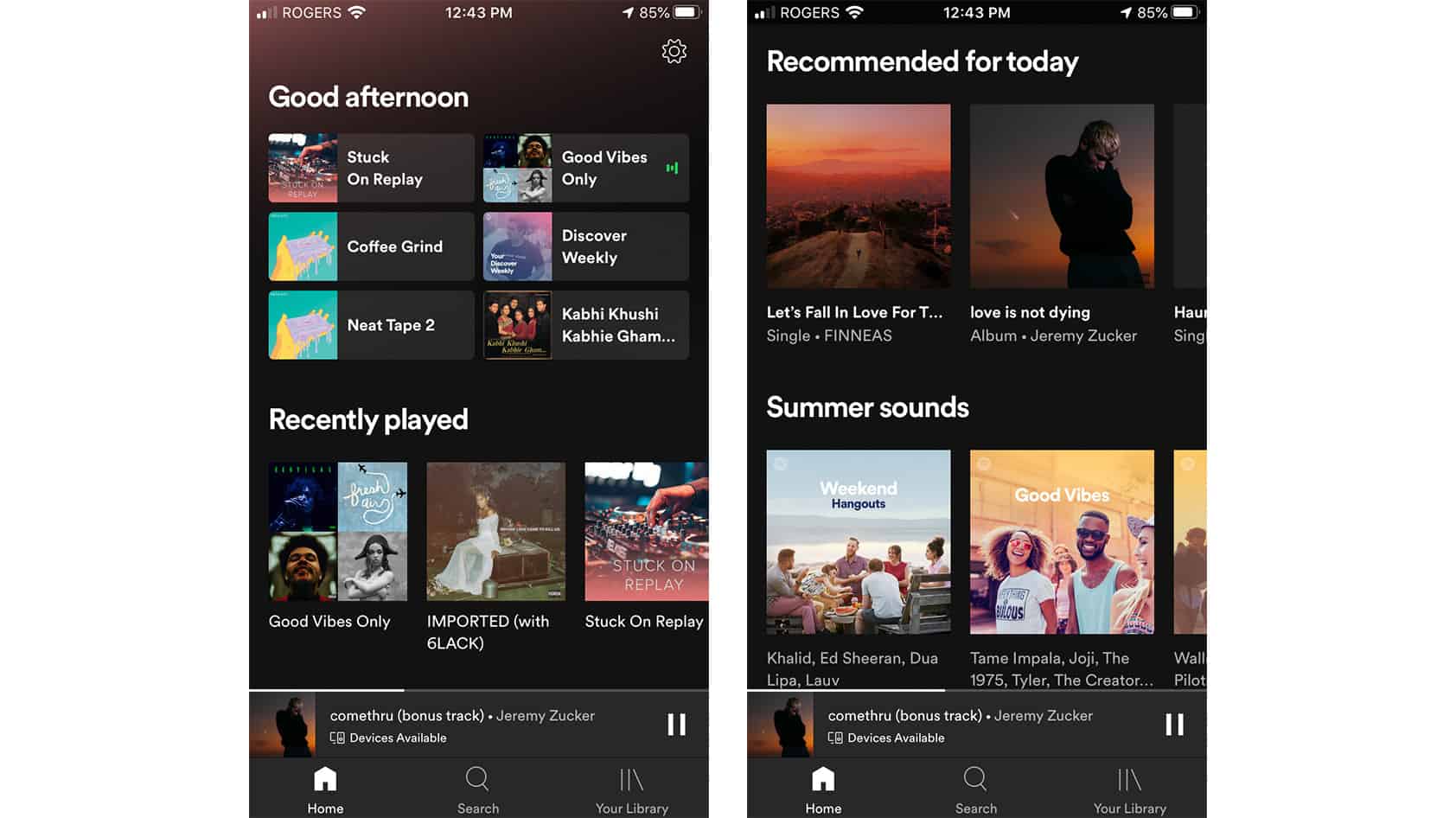Welcome to the showdown: Tidal vs. Spotify. In the world of music streaming, these two giants stand out, each offering its own unique set of features and advantages. If you’re wondering which streaming service deserves the title of “best,” we’re here to help you navigate the differences and decide which one suits your music preferences and needs.
Let’s dive into the comparison to find out which streaming platform reigns supreme!
Table of Contents
TogglePrice
If you’re using Spotify, you have a couple of options. There’s a free version, but it comes with ads and some limitations. The other option is Spotify Premium, which costs $11 each month, and that’s about the usual price in the industry. They also offer a plan for two people, called Spotify Premium Duo, for $15 per month. If you’re a student, you can get a special plan for just $6 per month. And if you have a family, there’s a plan for six people with parental controls, costing $17 per month. So, you have some options to pick from depending on your needs.
Students get a great deal with Spotify. A student Spotify Premium plan not only gives you an ad-supported Hulu account for free but also includes Showtime access. If you’ve never tried Spotify Premium before, you can get a 30-day free trial. All paid Spotify plans allow you to download up to 10,000 songs for offline listening on five different devices.
Tidal, like Spotify, offers free listening with occasional ads and limited skips, but the free version has lower track quality capped at 160 kbps. Tidal’s two best plans are HiFi and HiFi Plus, both paid. HiFi is $11/month and offers access to Tidal’s entire music and video catalog without ads. It also allows offline downloads and better track quality (up to 16-bit 44.1 kHz) and provides additional features like Live on Tidal and expertly curated playlists.
For the best audio quality, you can opt for Tidal’s HiFi Plus plan, which costs $20/month. It lets you enjoy certain tracks at up to 24-bit 192 kHz and supports high-res formats like HiRes FLAC, Dolby Atmos, FLAC, Sony 360 Reality Audio, and MQA. The benefits of the HiFi plan are included in the HiFi Plus tier.
Both the HiFi and HiFi Plus plans come with a free 30-day trial. When considering pricing options, keep in mind that Spotify has a lower monthly cost, while Tidal offers various plans, including family, student, military, and first responder options with discounts.
Winner: Spotify
Supported devices
Tidal works on big platforms like Windows, MacOS, iOS, and Android. It also connects to fancy audio gear from brands like Astell & Kern. But it’s not as good with common devices like game consoles or Roku. To use Tidal on those, you might need a Plex account. You can add Tidal to Plex and play it on many media players and game consoles.
Spotify is even more versatile. It works on almost all devices, including smart speakers and fancy audio gear. It’s one of the best for device support among music services.
Winner: Spotify
Variety of Music and Catalog Size
Sure, comparing music catalogs can be tricky. As of October 2023, Tidal says it has 100 million tracks and 650,000 videos. Spotify claims to have over 100 million tracks, 5 million podcasts, and 350,000 audiobooks. We can’t find an independent source to confirm these numbers, so we’ll trust what they say for now.
When it comes to the kinds of music they offer, Tidal seems to focus more on rap and hip-hop, especially from newer and less-known artists. That might be because Tidal’s owners, like Jay-Z, are big in the music industry and want to promote emerging talent. However, Tidal’s recommendations also tend to suggest these genres more often.
Spotify seems to have a wider range of music, but that could be because it learns from what listeners like. Some artists, like Taylor Swift, have chosen not to have their music on Spotify due to payment concerns, especially for the free version. Taylor Swift boycotted Spotify in 2014 but later added some of her albums.
Since both say they have vast music collections and we can’t fact-check them, let’s call this a tie for now.
Sound quality
Figuring out how good the music sounds on different services is quite easy. Spotify’s music quality is usually good for regular listening, and Tidal’s free version is similar. But if you want even better sound, Tidal’s HiFi Plus membership is a great choice. It gives you CD-quality music for everything and some really good tracks.
However, there’s a small thing to keep in mind. To get the best quality from Tidal, you might need a special device and sometimes something called a DAC. Most devices that work with Tidal can handle good music quality, but if you use a phone, be careful. High-quality music uses your data faster than the regular one.
Tidal also has some music that sounds extra good, like Dolby Atmos, Sony 360 Reality Audio, and MQA. Some devices can play this kind of music a little bit, and some can do it well. There’s a list of devices that work with this special music on Tidal if you want to know more.
Winner: Tidal
Videos, podcasts, and more
Music streaming services today offer more than just music; they also have videos, podcasts, interviews, and live concerts. Tidal focuses on videos and live concerts, offering over 650,000 videos, including live shows and exclusive content. Mobile users can download these videos to watch offline and save on data.
Spotify also has videos, but they don’t make them easy to find. You have to search for a specific song or podcast to see if there’s a video attached. Some people have trouble accessing videos, especially on the mobile app, but turning off audio quality in settings might help.
When it comes to podcasts, Spotify has a huge selection of over 5 million, while Tidal has only 25 podcasts as of now. If you love podcasts, Spotify is the way to go, even though Tidal has a great video collection.
Winner: Spotify
Conclusion
When comparing Tidal and Spotify, it comes down to what you value most. Spotify is great for having lots of music and being easy to use on different devices. Tidal is the winner if you want the best sound quality.
In the end, the choice between them depends on what’s more important to you: a big music selection and convenience (Spotify) or top-notch sound (Tidal). Think about what matters most to you when picking the right streaming service for your needs.



